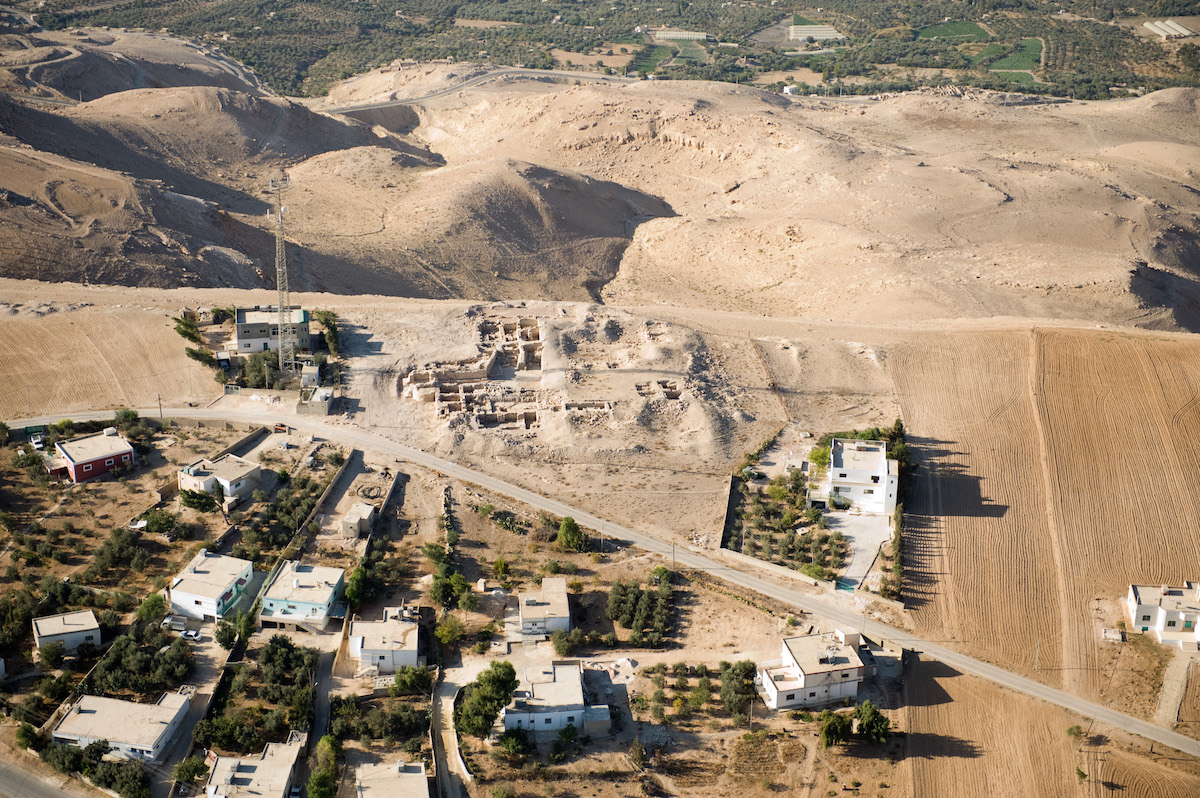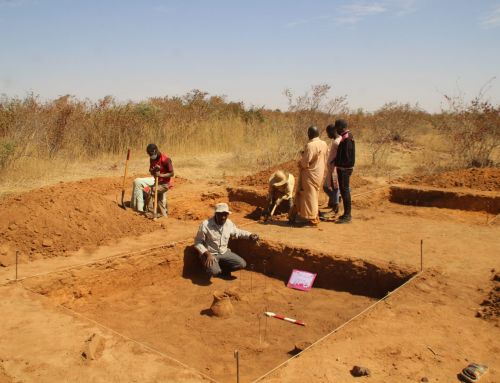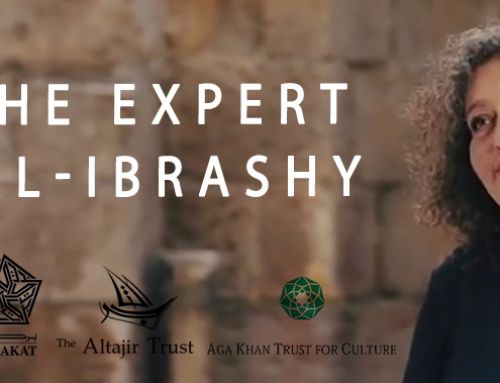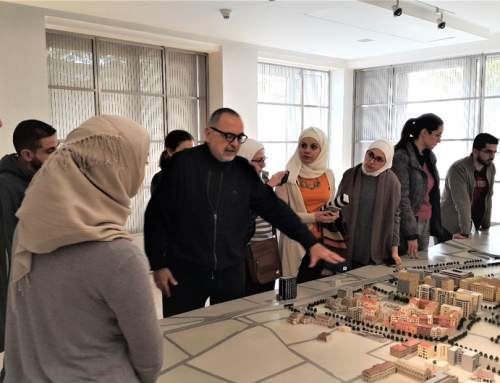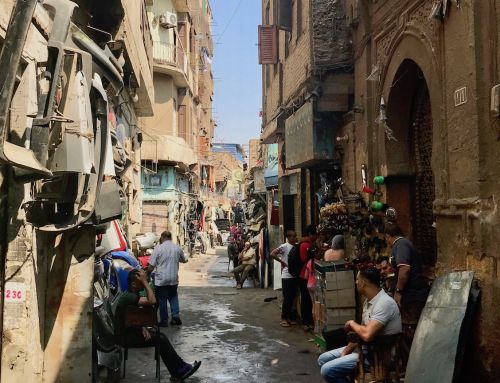Shuqayra Conservation Project: Phase I, West-Central Jordan, 2017.
Grantee: ZAKARIYAN.BENBADHANN NA’IMAT, Islamic Archaeology Research Unit at the University of Bonn, Germany
About the project:
The project undertook three main tasks: 1) a detailed artistic and architectural documentation of the mosaic pavement, 2) a complete diagnosis of the current state of preservation of the mosaics and 3) ascertaining if physical interventions are required to stop and treat the riskiest damaged that the mosaics have undergone.
The mosaic pavement, the focus of the project, decorates a compartment in an early Islamic qasr (palace) in Shuqayra which is now a modern village located on the southern edge of the Karak Plateau (Mo’āb or Arḍ al-Karak), overlooking Wadi al-Hasa, in west-central Jordan. This site has previously been partially excavated by the Department of Archaeology at Mu’Tah university during 2002-2014.
The excavations have revealed the site witnessed intermittent settlement throughout the 8thto the 20thcenturies. The architectural and ceramic evidence indicates settlement on this site started around the first half of the 8thcentury. The Umayyad period (700 to 750 AD) saw the most significant expansion, with the construction of a large(4000-6000m2) palatial complex. There were subsequent transient settlements that took place within the complex, some going so far as to use some pre-existing Umayyad units. Since the Umayyad complex remains the most coherent and undisturbed excavations have tended to focus on this. Trying to identify, uncover and preserve the architecture of this period.
The excavations in this project have focused on the central and eastern part of the site and uncovered several architectural units representing parts of the eastern, central and southern segments of the palace. Architectural installations and artifactual and bio-factual evidence from two rooms indicate that the palace had a kitchen and what appears to be a bathing facility.
Impact :
The excavation of the early Islamic palace at Shuqayra is significant because it provides new material that can be used to :
- Approach historical, cultural and economic issues concerning the cultural Islamicization of the region and the formation of its Islamic cultural identity.
- Understand the local administration during the Umayyad period, and the tracks of economic development in this part of Jund Dimashq (the Province of Damascus).
- Reconstruct the nature of imperial intervention and patronage in the marginal area of Mo’ab, and understand the state’s attempts to manage and integrate marginal areas within the imperial socio- economic system.
- Cast lights on the economic ties that linked Shuqayra, and likely other communities on the Karak Plateau, with other areas of Bilad ash-Sham, and possibly beyond.
- Help reconstruct the nature of an imperial household in marginal areas. The study of remains like the mosaic pavement can also contribute to understanding conceptual development from late Antiquity to Islam.
- Evaluate the nature of Early Islamic imperial architecture and its development.
- Understand the effect of political changes on remote areas (the transition from Umayyad to Abbasid rules, for example).
The culmination of all these factors can help to shed more light on Islam’s infant years and how the religion and the culture became intertwined and was able to spread across the region in such a rapid manner. The fact that the palace is in such a good and largely undamaged condition is a significant bonus.

